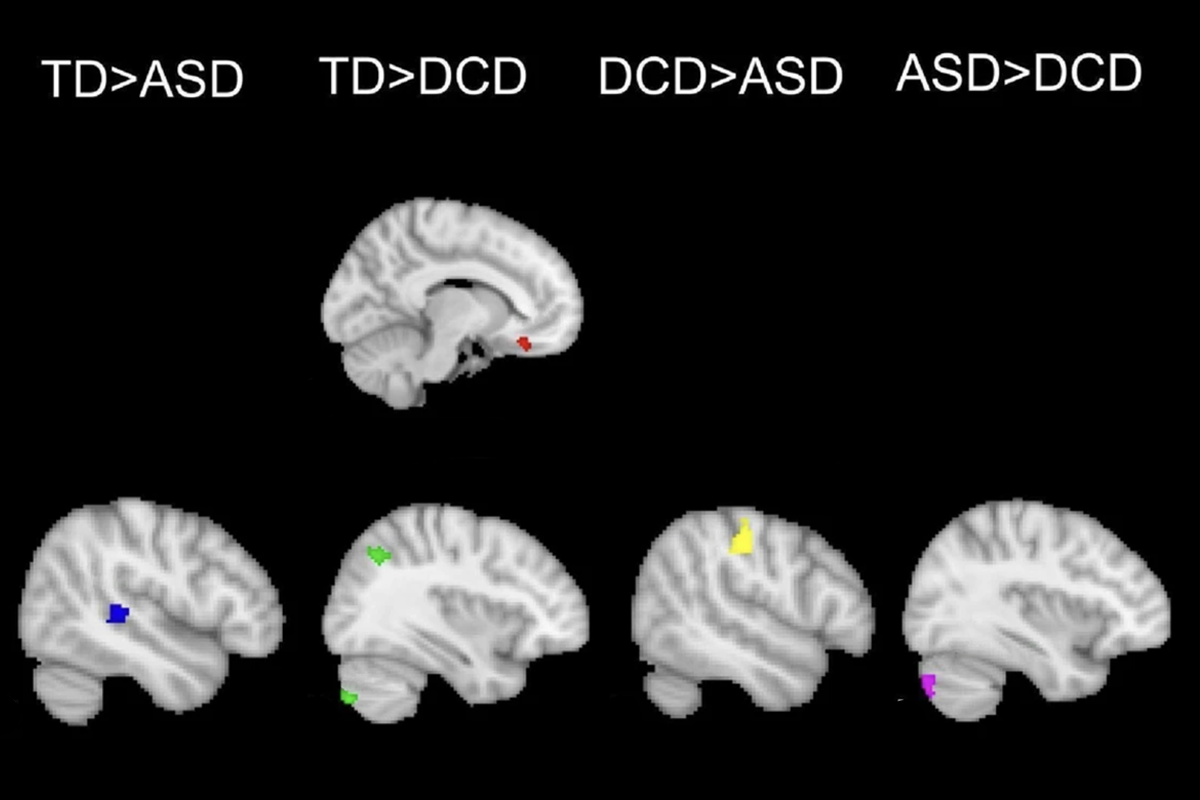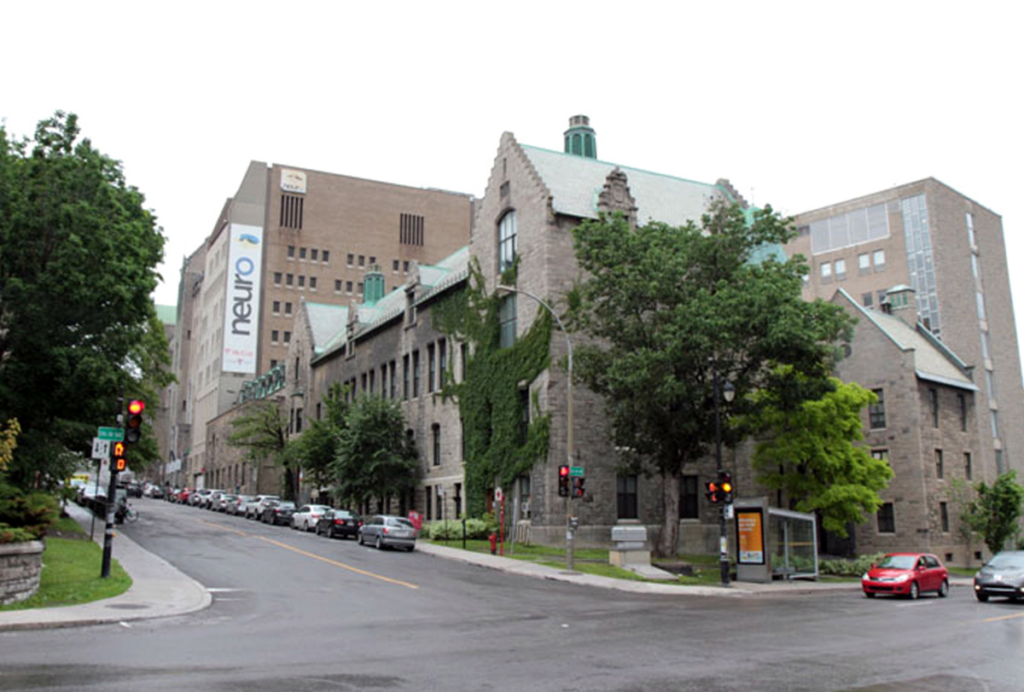- Mice missing the gene FMR1 in the cerebellum show altered social behavior and sensory sensitivity; boosting the gene’s expression ameliorates these effects. Cell Reports
- Difficulties with pragmatic language — the communication skills used in social situations — are linked to externalizing behaviors in autistic people. Research in Autism Spectrum Disorders
- Autism expert Dorothy Bishop critiques a study that claims to reduce irritability in young autistic children by boosting pancreatic function; she points to a lack of mechanistic plausibility, key questions about the study sample, and the framing of autism behaviors as needing to be fixed. Science Media Centre
- Exposure to the heavy metal cadmium during pregnancy is associated with elevated chances of having an autistic child, according to a preprint. medRxiv
- Neurogene has announced that two girls with Rett syndrome have been dosed with the company’s gene therapy candidate NGN-401 in a phase 1/2 trial. Rett Syndrome News
- A machine-learning analysis of children’s movements can glean differences between those with autism and those with developmental coordination disorder, a new study suggests. Journal of Autism and Developmental Disorders
Cerebellar FMR1; heavy metal exposure; gene therapy for Rett syndrome
Here is a roundup of autism-related news and research spotted around the web for the week of 11 December.
By
Jill Adams
12 December 2023 | 2 min read

Movement centers: Children with autism (ASD) engage different brain regions when imitating body movements (bottom row) than do those with developmental coordination disorder (DCD) or neither condition (TD); each color spot indicates a group difference. Children with DCD also show a difference from TD children when executing body movements (top row).
- Some aspects of altered functional connectivity — such as changes in the default mode and cingulo-opercular networks — are shared across people with autism, whereas other aspects represent individual variation. Biological Psychiatry
- Kelsey Martin, executive vice president of autism and neuroscience at the Simons Foundation, Spectrum’s parent organization, discusses how the fields of autism and neuronal cell biology have progressed in the past 25 years. Nature Neuroscience
- Given that autistic toddlers preferentially attend to nonsocial information, two researchers argue for more language exposure outside of social communication. Child and Adolescent Mental Health
Explore more from The Transmitter

Inclusivity committee disbands in protest at Canadian neuroscience institute
By
Elissa Welle
3 May 2024 | 5 min read

How to explore your scientific values and develop a vision for your field
By
Grace Lindsay
3 May 2024 | 6 min read
Cite this article:
